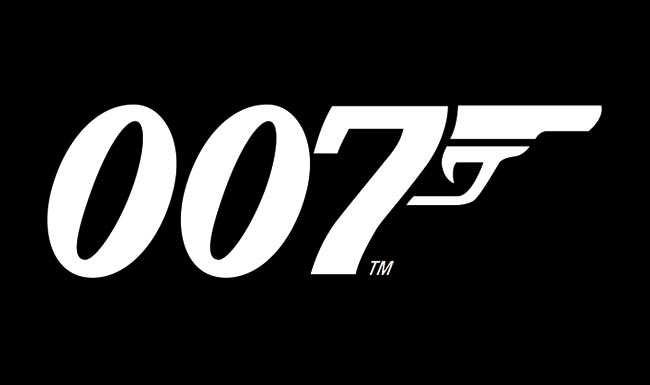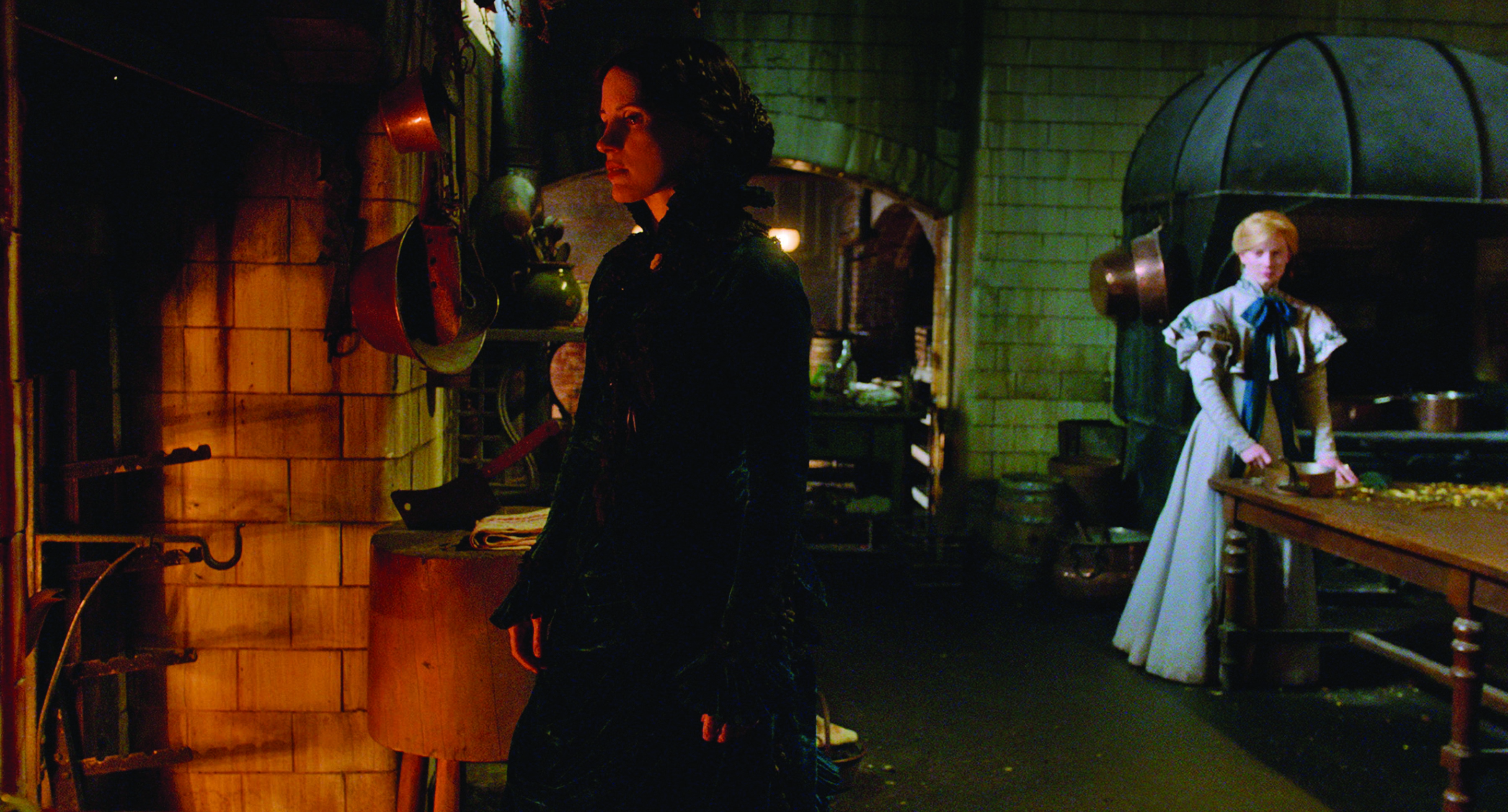Over the past year, I have occasionally participated in an event of my own making called James Bond Friday. It’s pretty much what you’d expect: I would watch a James Bond movie, slowly working my way through the entire series, and I would tweet about it.
While going back over my tweets to refresh my memory on certain films in the franchise, I decided that some of these were pretty funny (possibly funnier out of context), and figured I’d share them all with you here!
A couple notes. First of all, I didn’t livetweet EVERY movie in the franchise, but I did at least tweet SOMETHING for 16 of them. That’s a whole lot of tweets. Also, I’m copy/pasting these EXACTLY how they were, typos, mistakes, and all. Given how quickly I was rattling these off, this means that there are a few things that are inaccurate (most of which I correct myself in future tweets), and lots of spelling and typing errors that I would normally be ashamed of on this site. But take this as it is: a glimpse into my mind as I watched 16 movies of varying degrees of insanity. Continue reading James Bond Fridays: The Archive



